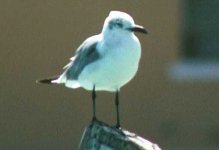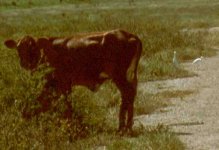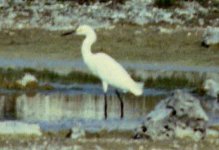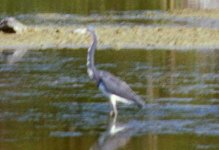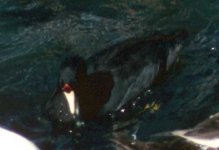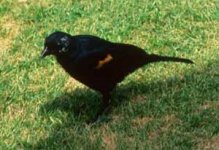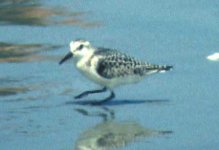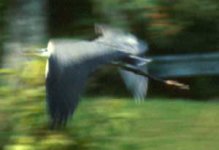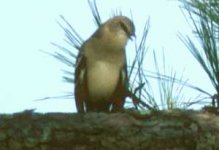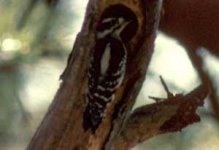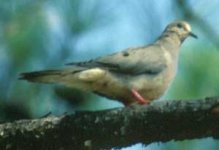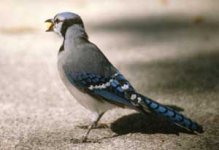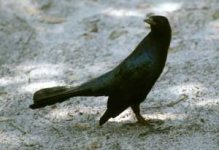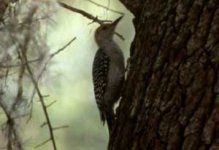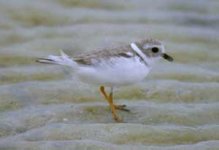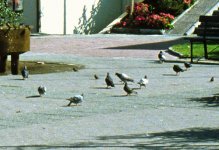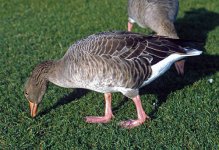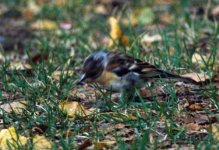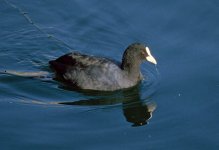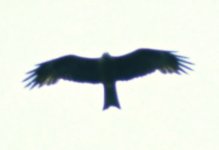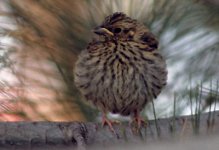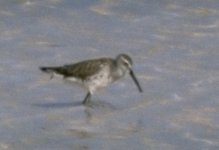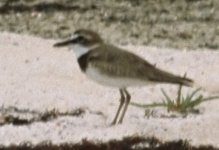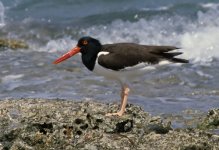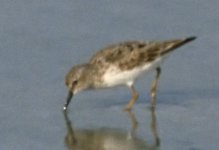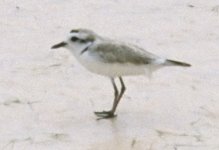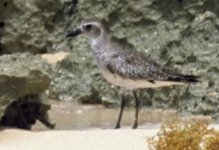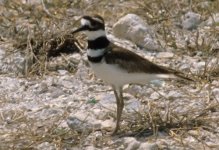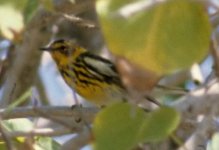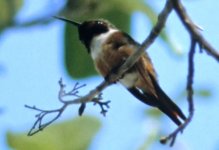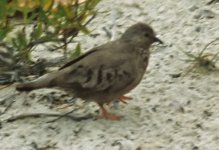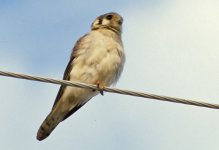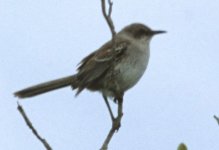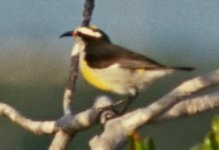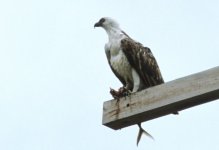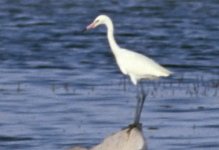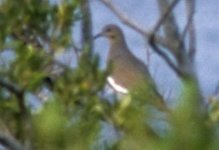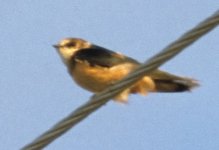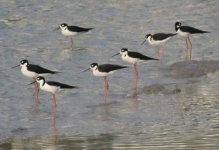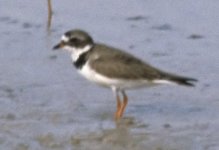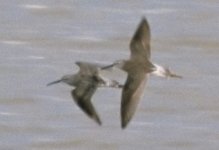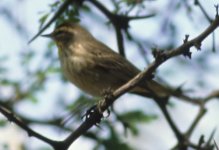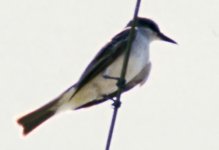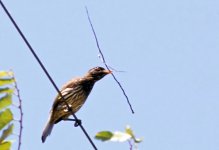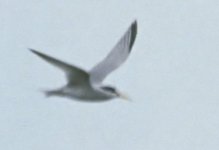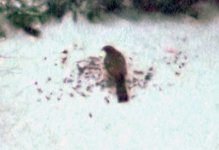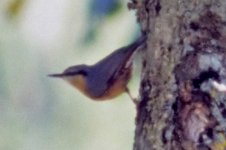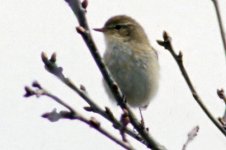Fulmar
Well-known member
After hesitating for a while, because I thought that life lists were not of interest to other people as they are, after all, personal lists, I decided to make mine public too. What made me change my mind was that I found the life lists published in this Forum more interesting than I thought, and also the huge popularity of the “How’s your 2004 list going?” thread added to it.
Some background: I started to make a life list when I was about 14 or so, and stopped when I was around 20. After that, birding was a low-key affair or non-existent at all. I photographed a bird here and there in case I would pick-up on the hobby again, and only made some notes of accidental encounters of eye-catching birds on my rather frequent foreign travels. Only during the last few years (I am 57 now) I started to take a more serious interest in birding again.
However, I cannot present an up-to-date Life List yet as I don’t have everything sorted out. I have quite a few bird photos hidden between thousands of holiday- and other hobby’s slides and also some notes are lying around here and there, so it will take a lot of time to sort through that. I think my Life List would currently stand at around 450 species if it was up-to-date, but I prefer to present it in chronological order. So I will start today with my youth list and continue it from there.
As said, this youth list, which I fortunately kept, is from the sixties. In those times I was encouraged by my father who had a pair of old ex-Army binoculars and a field guide, “Wat vliegt daar” by W.H. van Dobben. Looking at this guide from the present day, it is rather surprising that I recognized any bird at all with it! But it was all there was in those days, no scope, no quality binoculars, no camera, no Peterson / Jonsson / Mullarney.
The birds on this list were all seen in the Netherlands. We lived in the NE of the province of Noord-Brabant, quite some distance from the sea, but family summer holidays were often spent at the seaside, so there are some coastal species on my list too.
Originally I used the Clements List for my Life List, but I have now changed to the IOC and accordingly updated all the names below.
Here we go!
1. Common House Martin Delichon urbicum
2. Barn Swallow Hirundo rustica
3. Common Swift Apus apus
4. House Sparrow Passer domesticus
5. Western Jackdaw Coloeus monedula
6. Eurasian Blue Tit Cyanistes caeruleus
7. Common Blackbird Turdus merula
8. Common Starling Sturnus vulgaris
9. Eurasian Bullfinch Pyrrhula pyrrhula
10. Common Wood Pigeon Columba palumbus
11. Northern Lapwing Vanellus vanellus
12. Grey Heron Ardea cinerea
13. Eurasian Skylark Alauda arvensis
14. Common Kestrel Falco tinnunculus
15. Black-headed Gull Chroicocephalus ridibundus
16. Common Tern Sterna hirundo
17. Meadow Pipit Anthus pratensis
18. Eurasian Oystercatcher Haematopus ostralegus
19. European Herring Gull Larus argentatus
20. Western Barn Owl Tyto alba
21. Great Black-backed Gull Larus marinus
22. Willow Tit Poecile montanus
23. Rook Corvus frugilegus
24. Yellowhammer Emberiza citrinella
25. European Goldfinch Carduelis carduelis
26. Willow Warbler Phylloscopus trochilus
27. Dunnock Prunella modularis
28. Common Buzzard Buteo buteo
29. Black Redstart Phoenicurus ochruros
30. Marsh Tit Poecile palustris
31. White Wagtail Motacilla alba
32. Great Tit Parus major
33. Carrion Crow Corvus corone
34. Common Linnet Linaria cannabina
35. Lesser Whitethroat Curruca curruca
36. Tree Pipit Anthus trivialis
37. Song Thrush Turdus philomelos
38. Wood Warbler Phylloscopus sibilatrix
39. European Robin Erithacus rubecula
40. Common Redstart Phoenicurus phoenicurus
41. Eurasian Jay Garrulus glandarius
42. Sand Martin Riparia riparia
43. Common Moorhen Gallinula chloropus
44. Eurasian Tree Sparrow Passer montanus
45. European Green Woodpecker Picus viridis
46. European Stonechat Saxicola rubicola
47. Common Shelduck Tadorna tadorna
48. European Greenfinch Chloris chloris
49. Redwing Turdus iliacus
50. Common Chaffinch Fringilla coelebs
51. Eurasian Collared Dove Streptopelia decaocto
52. Fieldfare Turdus pilaris
53. Short-toed Treecreeper Certhia brachydactyla
54. Common Pheasant Phasianus colchicus
55. Grey Partridge Perdix perdix
56. Common Ringed Plover Charadrius hiaticula
57. Eurasian Magpie Pica pica
58. Sandwich Tern Thalasseus sandvicensis
59. Red-breasted Merganser Mergus serrator
60. Dunlin Calidris alpina
61. Ruddy Turnstone Arenaria interpres
62. Hooded Crow Corvus cornix
63. Mew Gull Larus canus
64. Common Sandpiper Actitis hypoleucos
65. Western Yellow Wagtail Motacilla flava
66. Pied Avocet Recurvirostra avosetta
67. Curlew Sandpiper Calidris ferruginea
68. Mute Swan Cygnus olor
69. Lesser Black-backed Gull Larus fuscus
70. Coal Tit Periparus ater
71. Great Spotted Woodpecker Dendrocopos major
72. Spotted Flycatcher Muscicapa striata
73. Eurasian Wren Troglodytes troglodytes
Ref. no.31: I had seen two subspecies of Motacilla alba, the White Wagtail / M.a.alba and the Pied Wagtail / M.a.yarrellii. These are recognized as full species on the official Dutch species list, but not on the IOC one, so thus not for me too.
Peter
Some background: I started to make a life list when I was about 14 or so, and stopped when I was around 20. After that, birding was a low-key affair or non-existent at all. I photographed a bird here and there in case I would pick-up on the hobby again, and only made some notes of accidental encounters of eye-catching birds on my rather frequent foreign travels. Only during the last few years (I am 57 now) I started to take a more serious interest in birding again.
However, I cannot present an up-to-date Life List yet as I don’t have everything sorted out. I have quite a few bird photos hidden between thousands of holiday- and other hobby’s slides and also some notes are lying around here and there, so it will take a lot of time to sort through that. I think my Life List would currently stand at around 450 species if it was up-to-date, but I prefer to present it in chronological order. So I will start today with my youth list and continue it from there.
As said, this youth list, which I fortunately kept, is from the sixties. In those times I was encouraged by my father who had a pair of old ex-Army binoculars and a field guide, “Wat vliegt daar” by W.H. van Dobben. Looking at this guide from the present day, it is rather surprising that I recognized any bird at all with it! But it was all there was in those days, no scope, no quality binoculars, no camera, no Peterson / Jonsson / Mullarney.
The birds on this list were all seen in the Netherlands. We lived in the NE of the province of Noord-Brabant, quite some distance from the sea, but family summer holidays were often spent at the seaside, so there are some coastal species on my list too.
Originally I used the Clements List for my Life List, but I have now changed to the IOC and accordingly updated all the names below.
Here we go!
1. Common House Martin Delichon urbicum
2. Barn Swallow Hirundo rustica
3. Common Swift Apus apus
4. House Sparrow Passer domesticus
5. Western Jackdaw Coloeus monedula
6. Eurasian Blue Tit Cyanistes caeruleus
7. Common Blackbird Turdus merula
8. Common Starling Sturnus vulgaris
9. Eurasian Bullfinch Pyrrhula pyrrhula
10. Common Wood Pigeon Columba palumbus
11. Northern Lapwing Vanellus vanellus
12. Grey Heron Ardea cinerea
13. Eurasian Skylark Alauda arvensis
14. Common Kestrel Falco tinnunculus
15. Black-headed Gull Chroicocephalus ridibundus
16. Common Tern Sterna hirundo
17. Meadow Pipit Anthus pratensis
18. Eurasian Oystercatcher Haematopus ostralegus
19. European Herring Gull Larus argentatus
20. Western Barn Owl Tyto alba
21. Great Black-backed Gull Larus marinus
22. Willow Tit Poecile montanus
23. Rook Corvus frugilegus
24. Yellowhammer Emberiza citrinella
25. European Goldfinch Carduelis carduelis
26. Willow Warbler Phylloscopus trochilus
27. Dunnock Prunella modularis
28. Common Buzzard Buteo buteo
29. Black Redstart Phoenicurus ochruros
30. Marsh Tit Poecile palustris
31. White Wagtail Motacilla alba
32. Great Tit Parus major
33. Carrion Crow Corvus corone
34. Common Linnet Linaria cannabina
35. Lesser Whitethroat Curruca curruca
36. Tree Pipit Anthus trivialis
37. Song Thrush Turdus philomelos
38. Wood Warbler Phylloscopus sibilatrix
39. European Robin Erithacus rubecula
40. Common Redstart Phoenicurus phoenicurus
41. Eurasian Jay Garrulus glandarius
42. Sand Martin Riparia riparia
43. Common Moorhen Gallinula chloropus
44. Eurasian Tree Sparrow Passer montanus
45. European Green Woodpecker Picus viridis
46. European Stonechat Saxicola rubicola
47. Common Shelduck Tadorna tadorna
48. European Greenfinch Chloris chloris
49. Redwing Turdus iliacus
50. Common Chaffinch Fringilla coelebs
51. Eurasian Collared Dove Streptopelia decaocto
52. Fieldfare Turdus pilaris
53. Short-toed Treecreeper Certhia brachydactyla
54. Common Pheasant Phasianus colchicus
55. Grey Partridge Perdix perdix
56. Common Ringed Plover Charadrius hiaticula
57. Eurasian Magpie Pica pica
58. Sandwich Tern Thalasseus sandvicensis
59. Red-breasted Merganser Mergus serrator
60. Dunlin Calidris alpina
61. Ruddy Turnstone Arenaria interpres
62. Hooded Crow Corvus cornix
63. Mew Gull Larus canus
64. Common Sandpiper Actitis hypoleucos
65. Western Yellow Wagtail Motacilla flava
66. Pied Avocet Recurvirostra avosetta
67. Curlew Sandpiper Calidris ferruginea
68. Mute Swan Cygnus olor
69. Lesser Black-backed Gull Larus fuscus
70. Coal Tit Periparus ater
71. Great Spotted Woodpecker Dendrocopos major
72. Spotted Flycatcher Muscicapa striata
73. Eurasian Wren Troglodytes troglodytes
Ref. no.31: I had seen two subspecies of Motacilla alba, the White Wagtail / M.a.alba and the Pied Wagtail / M.a.yarrellii. These are recognized as full species on the official Dutch species list, but not on the IOC one, so thus not for me too.
Peter
Last edited:




